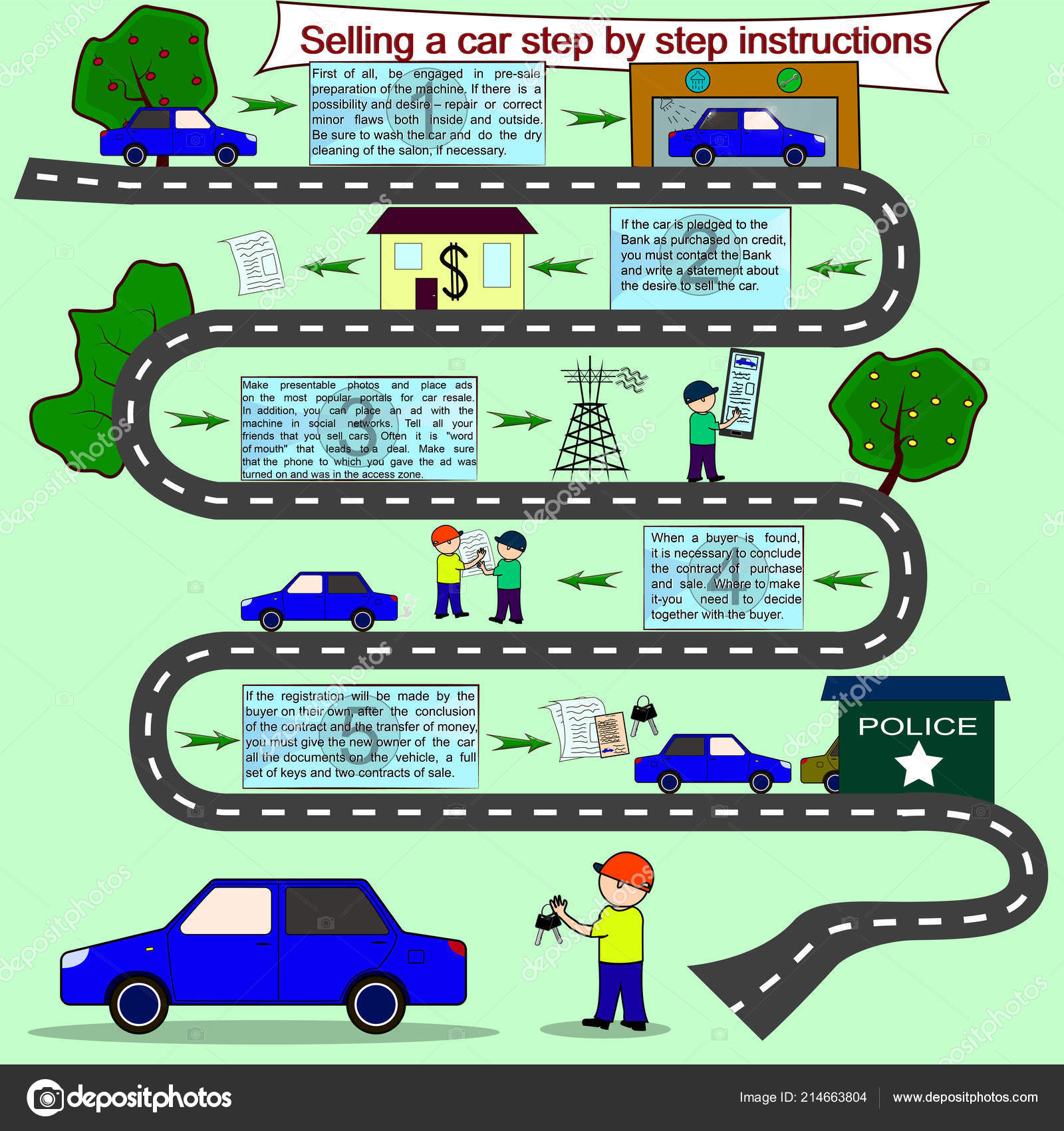Translating Your Vehicle'S Warning Indicators: What They Absolutely Symbolize
Translating Your Vehicle'S Warning Indicators: What They Absolutely Symbolize
Blog Article
Post Produced By-Hartley Torres
When you're behind the wheel, those radiant warning lights on your control panel can be a bit puzzling. Do you understand what they're trying to inform you about your auto's wellness? Recognizing the relevance of these lights is crucial for your security and the longevity of your car. So, https://www.globenewswire.com/news-release/2022/04/06/2417241/0/en/Automotive-Aftermarket-to-hit-US-855-billion-by-2028-Says-Global-Market-Insights-Inc.html following time one of those lights turns up, would not you intend to understand its message accurately and take the essential steps to resolve it?
Common Caution Lights and Interpretations
Identify common warning lights in your automobile and recognize their meanings to make sure secure driving.
One of the most normal caution lights include the check engine light, which signals problems with the engine or emissions system. If this light begins, it's vital to have your lorry inspected without delay.
The oil pressure cautioning light shows low oil stress, requiring instant attention to avoid engine damages.
A blinking battery light could suggest a faulty billing system, possibly leaving you stranded if not dealt with.
The tire pressure monitoring system (TPMS) light signals you to low tire stress, influencing car stability and gas performance. Overlooking this could result in unsafe driving conditions.
The abdominal light shows a problem with the anti-lock stopping system, endangering your capacity to stop quickly in emergencies.
Last but not least, the coolant temperature advising light warns of engine overheating, which can result in severe damage otherwise resolved promptly.
Recognizing these usual warning lights will help you deal with issues without delay and maintain risk-free driving conditions.
Value of Prompt Focus
Understanding the usual warning lights in your car is just the primary step; the relevance of immediately addressing these warnings can't be highlighted enough to ensure your safety when driving.
When a caution light illuminates on your control panel, it's your car's means of connecting a possible problem that needs focus. Neglecting these cautions can result in more severe problems in the future, endangering your safety and security and possibly costing you a lot more out of commission.
Motivate focus to warning lights can avoid breakdowns and mishaps. For instance, a blinking check engine light might show a misfire that, if left neglected, can trigger damage to the catalytic converter. Addressing this immediately can save you from a costly repair work.
In a similar way, a brake system cautioning light could indicate low brake fluid or worn brake pads, critical components for your safety and security when driving.
DIY Troubleshooting Tips
If you observe a warning light on your control panel, there are a few do it yourself repairing suggestions you can attempt before seeking professional help.
The initial step is to consult your automobile's handbook to understand what the specific caution light indicates. Sometimes the concern can be as simple as a loosened gas cap triggering the check engine light. Tightening simply click the up coming site may resolve the problem.
Another typical concern is a low battery, which can cause various cautioning lights. Inspecting the battery links for rust and guaranteeing they're protected may take care of the issue.
If a warning light persists, you can attempt resetting it by separating the vehicle's battery for a couple of minutes and afterwards reconnecting it. Furthermore, checking your vehicle's liquid levels, such as oil, coolant, and brake fluid, can assist fix cautioning lights connected to these systems.
Verdict
Finally, comprehending your vehicle's warning lights is essential for maintaining your lorry running efficiently and safely. By without delay attending to these alerts and recognizing what they mean, you can prevent expensive repair work and prospective break downs.
Remember to consult your auto's handbook for certain information on each alerting light and act as necessary to ensure a trouble-free driving experience.
Keep notified, remain safe when traveling!
